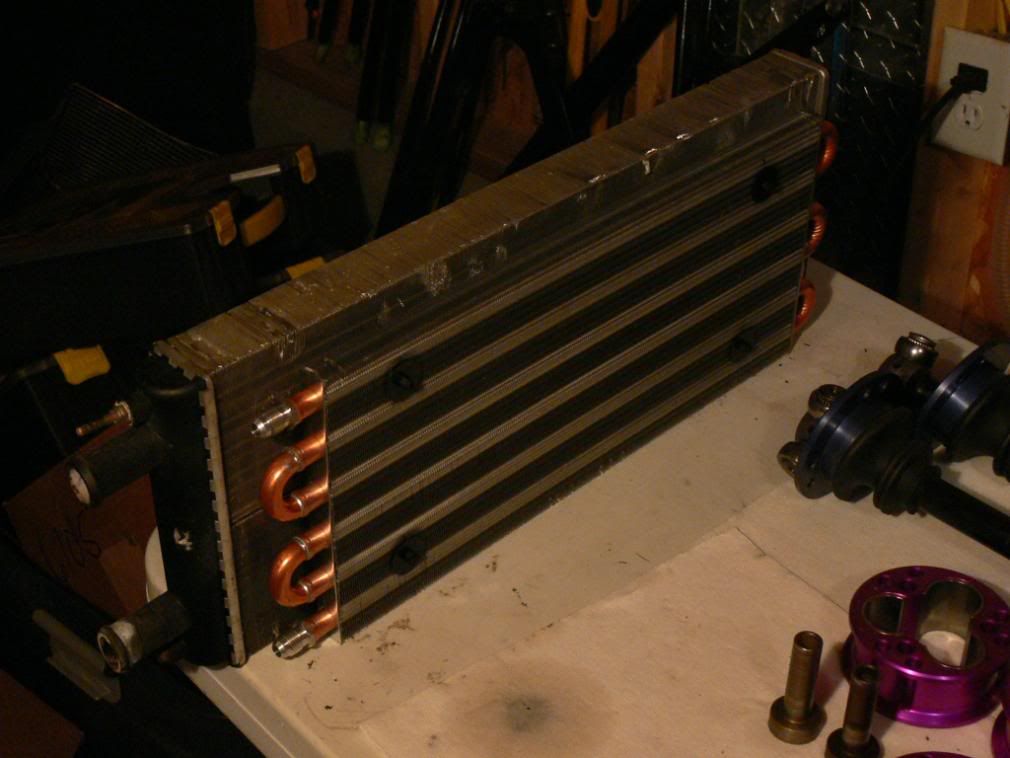OK, I've 2 thoughts here
On my Novak converted Van Dieman, there is not much in the way of sidepod area to mount an oil cooler. The Pinto engine only required a small-ish cooler, mounted left pod, behind the rad. each sidepod has a long radiator in it.
I'm wondering if anyone has some experience with a heat exchanger (liquid to liquid), as opposed to an oil cooler (oil to air).
There appears to be enough room (12"Lx8"Wx6"D) alongside the chain run to mount a heat exchanger.
My second thought was to mount a standard oil cooler (OTA) in the same area, horizontal to the floor, with air ducted to the cooler through some NACA ducts in the floor.
I know that there are cars out there with all sorts of configurations of coolers, but the limited space I have to work with, without mounting the cooler out in the breeze and building a shroud around it (with the resultant drag), has me head scratching to ensure proper oil cooling.
Thanks, GC





 Reply With Quote
Reply With Quote









